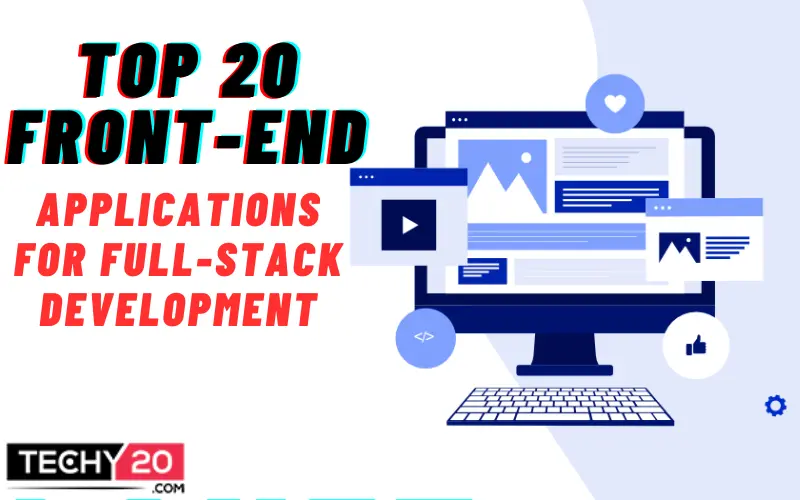A front end application, also known as a client-side application, is a type of software application that runs on the user’s device, such as a web browser or mobile device. The front-end is in charge of handling the presentation of data and content, as well as creating the user interface and interacting with the user. In web development, the front is typically built using HTML, CSS, and JavaScript and is responsible for rendering the visual elements of a website or web application. The front-end may also include frameworks, libraries, and tools that help developers build more complex and responsive user interfaces. This is a list of some of the most well-liked front-end programmes that programmers frequently employ:
1. React
Facebook created the JavaScript library React for creating user interfaces. It provides developers with a declarative syntax for creating reusable UI components and managing the state of a web application Single-page, mobile, and desktop apps are all created using React. React’s virtual DOM, a compact version of the real DOM, is an advantage.
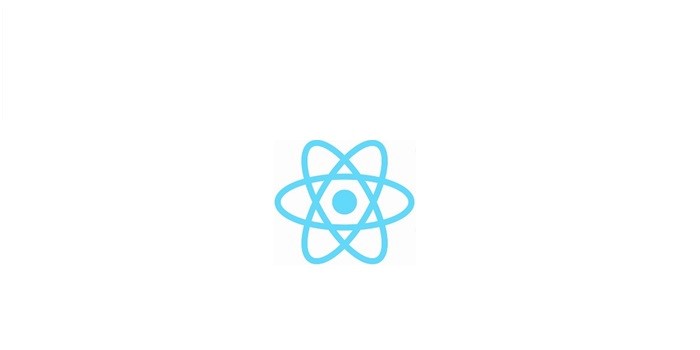
2. Angular
Angular is a TypeScript-based web application framework developed by Google. It is employed in the development of desktop, mobile, and single-page applications. It offers programmers a wide range of options for creating intricate and scalable applications. Angular’s component-based architecture, which enables developers to construct reusable UI components, is a key feature.
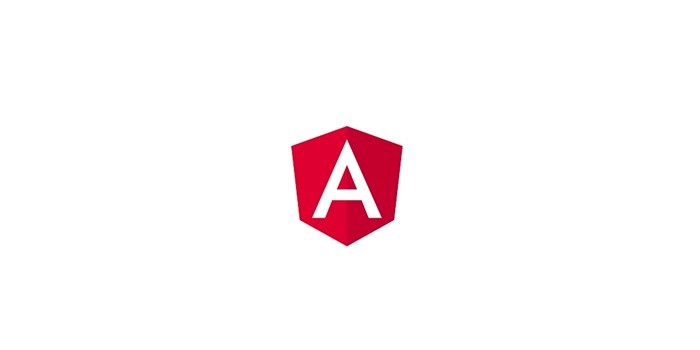
3. Vue.Js
Vue.js is a progressive JavaScript framework for creating user interfaces. It is used to create desktop, mobile, and single-page applications. Vue.js provides developers with a flexible and intuitive syntax for creating reusable UI components. Vue.js is designed to be easy to learn and use, even for developers with limited experience in web development.
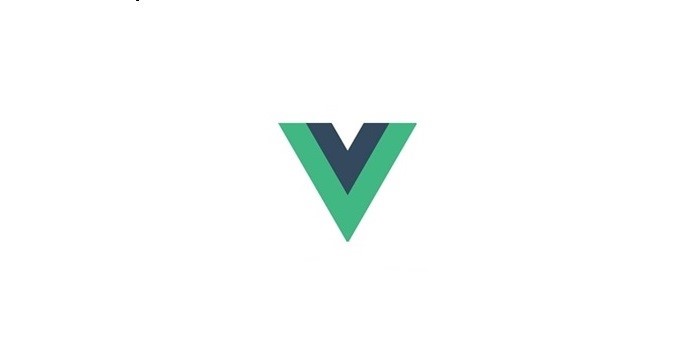
4. Jquery
A quick, lightweight, and feature-rich JavaScript library called jQuery was created to make HTML client-side scripting easier. It makes AJAX requests with minimal code. Moreover, it has a number of utility functions for using strings, objects, and arrays, as well as a strong selector engine that makes it simple to locate and operate with DOM elements.
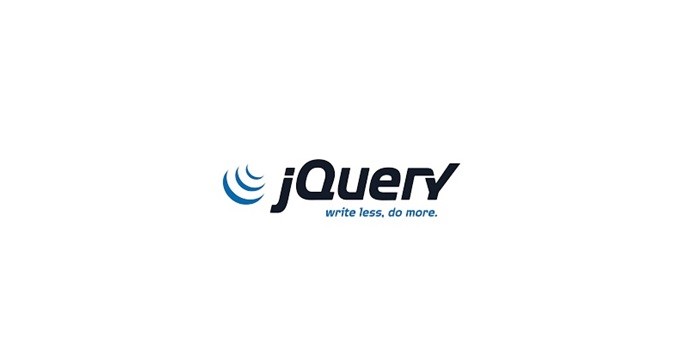
5. Bootstrap
Bootstrap is an open-source, free front-end web development framework that enables programmers to make mobile-first, responsive web apps. Bootstrap provides a range of pre-built HTML, CSS, and JavaScript components that developers can use to build their web applications. These components include buttons, forms, navigation menus, typography, and more.
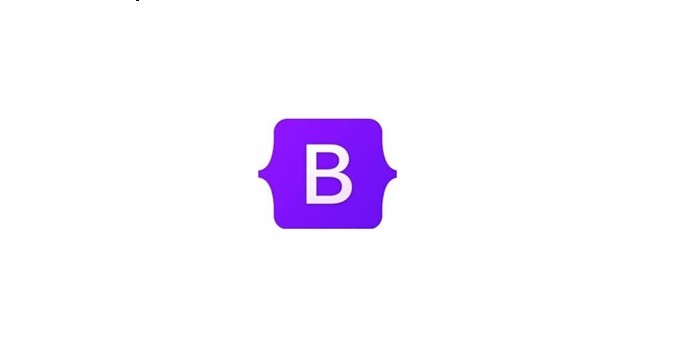
6. Materialize
Materialize is a modern frontend development framework based on Google’s Material Design guidelines. It provides a degree of pre-built HTML, CSS, and JavaScript components that developers can use to create responsive and visually appealing web applications. It offers a similar range of features to Bootstrap, including forms, buttons, navigation menus, typography, and more.

7. Bulma
Bulma is a modern CSS framework that provides a range of pre-built components and styles for building responsive and mobile-first web applications. It is accessible and cost-free, and because of how straightforward, adaptable, and simple it is to use, it has grown in popularity recently. It provides a wide range of components for building interfaces.

8. Semantic Ui
Semantic UI is a popular front-end development framework that provides a range of pre-built HTML, CSS, and JavaScript components for building responsive and visually appealing web applications. It is intended to offer developers simple and understandable naming conventions for HTML and CSS with a focus on delivering a semantic, human-readable approach. It offers a wide range of components for building interfaces, including things.
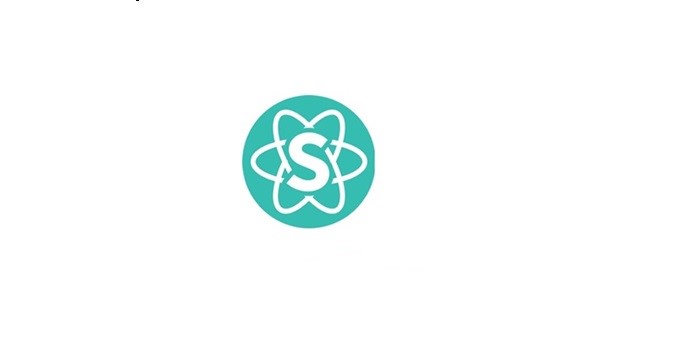
9. Foundation
Foundation is a responsive front-end development framework that provides a range of pre-built HTML, CSS, and JavaScript components for building responsive and mobile-first web applications. It was created by the design and development firm Zurb, and many businesses and organisations utilise it globally.
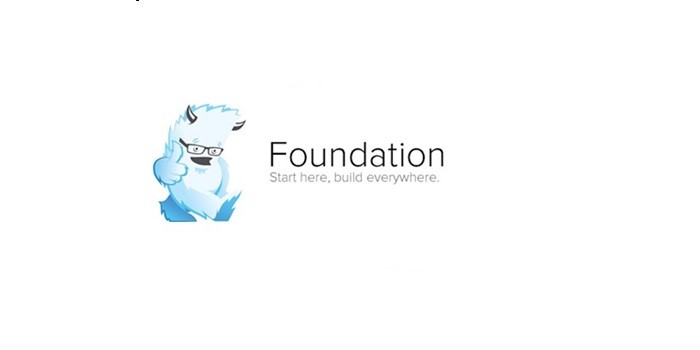
10. Tailwind Css
A collection of pre-defined CSS classes are available in the well-known utility-first CSS framework known as Tailwind CSS that may be used to style HTML components. It is designed to help developers quickly and easily build responsive and custom user interfaces. It provides a wide range of CSS classes for typical styles and layouts.

11. Sass
SASS (Syntactically Awesome Style Sheets) is a CSS preprocessor that extends the capabilities of traditional CSS by providing a range of additional features and tools. It allows developers to write more powerful and efficient CSS code. With SASS, developers can create reusable code blocks that can be easily customized and reused throughout their stylesheets.
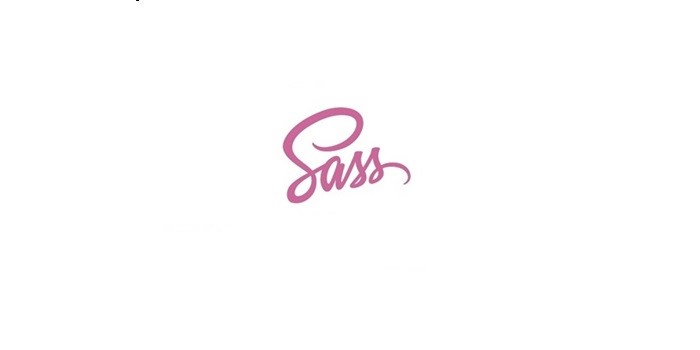
12. Less
LESS is a CSS preprocessor that extends the functionality of traditional CSS by providing a range of additional features and tools. It allows developers to write more powerful and efficient CSS code using features like variables and functions. With LESS, developers can create reusable code blocks that can be easily customized and reused throughout their stylesheets.
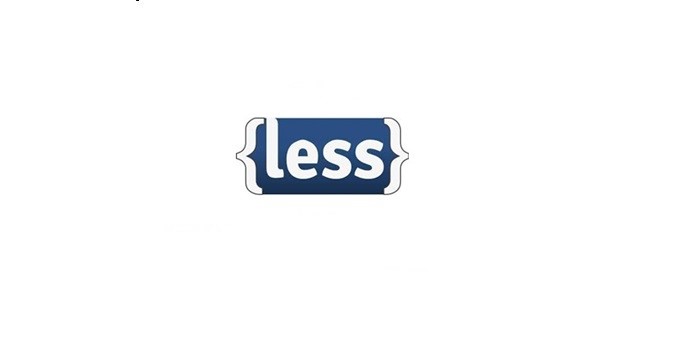
13. Stylus
Stylus is a CSS preprocessor that extends the functionality of traditional CSS by providing a range of additional features and tools. It allows developers to write more powerful and efficient CSS code using features like variables, mixins, nesting, and functions. With Stylus, developers can create reusable code blocks that can be easily customized and reused throughout their stylesheets. It can save time and improve the maintainability of their code.
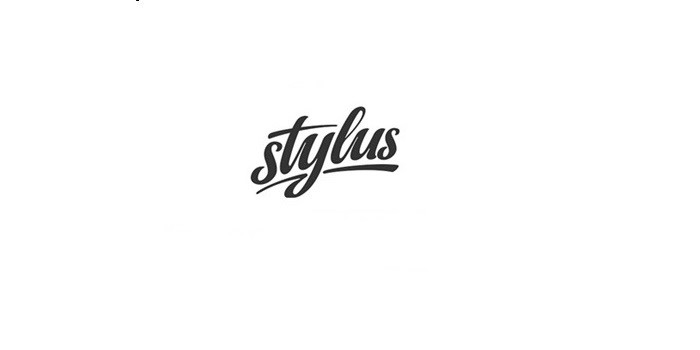
14. Material Design Lite
Material Design Lite (MDL) is a frontend development framework based on Google’s Material Design language. It provides a range of pre-built HTML, CSS, and JavaScript components for building responsive and mobile-first web applications with a clean and modern design. It also includes a powerful grid system for laying out content.
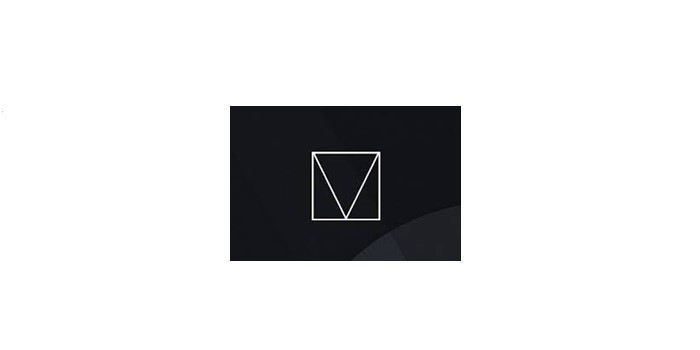
15. Ant Design
Ant Design is a popular UI library and design language developed by Alibaba. It provides a set of pre-built React features for building web applications with a modern and user-friendly design. It includes a comprehensive set of components for building interfaces, including navigation menus, tables, charts, and more.
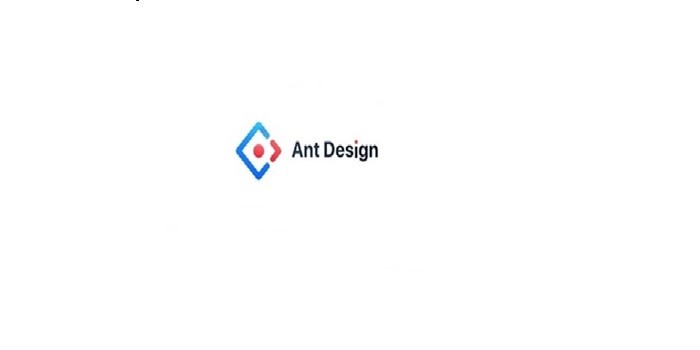
16. PrimeNG
PrimeNG is a popular UI component library for Angular applications. It offers a wide range of elements and capabilities, such as buttons, forms, tables, charts, menus, and more, that may be utilised to build contemporary and adaptable user interfaces. It is designed to work well on different screen sizes and devices and includes features like a flexbox layout, responsive grids, and adaptive menus.
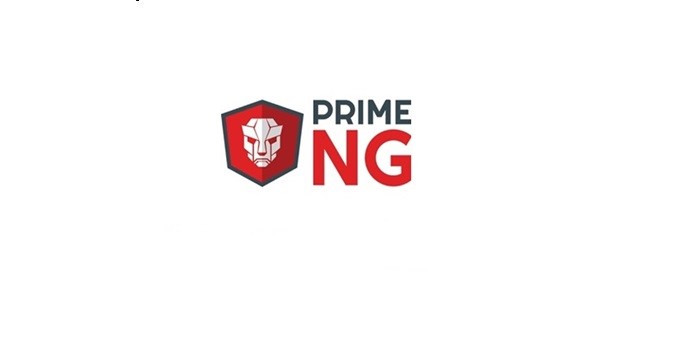
17. Ionic
Using web technologies like HTML, CSS, and JavaScript, cross-platform mobile applications may be created using the well-liked open-source framework Ionic. It offers a collection of pre-built UI elements and tools for creating mobile apps that look and function like native apps and can be used to build apps for iOS, Android, as well as the web.

18. Flutter
Flutter is an open-source UI toolkit and framework created by Google for building high-performance, cross-platform mobile, web, and desktop applications. Flutter offers a wide range of pre-built widgets and tools for producing unique UI designs and leverages the Dart programming language.
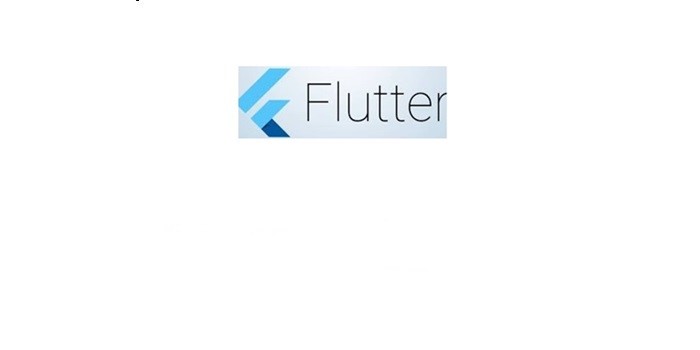
19. React Native
React Native is an open-source framework developed by Facebook for building cross-platform mobile applications using JavaScript and React. It allows developers to build native-like mobile apps for iOS, Android, and other platforms. It provides a library of pre-built UI components that can be easily customized and reused in multiple app parts.
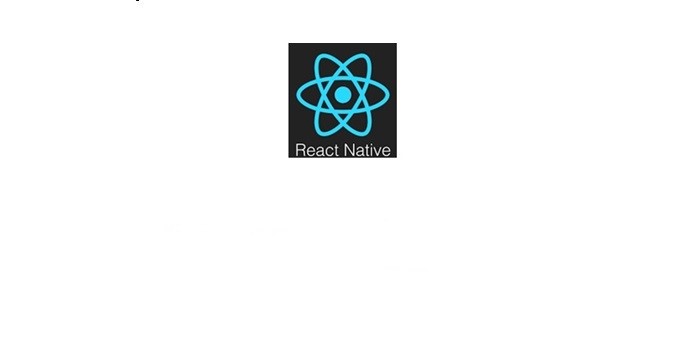
20. Nativescript
Using JavaScript, TypeScript, or Angular, NativeScript is an open-source framework for creating cross-platform mobile applications. It enables programmers to produce a single codebase that can be applied to the creation of native apps for several platforms. It uses native UI components and rendering, which provides a high-performance user experience and access to native device features. Please note that this list is not comprehensive and that there are other additional front-end frameworks, libraries, and tools that are accessible and utilised by developers all over the world. Depending on the particular use case and project requirements, these applications’ level of popularity can change.


